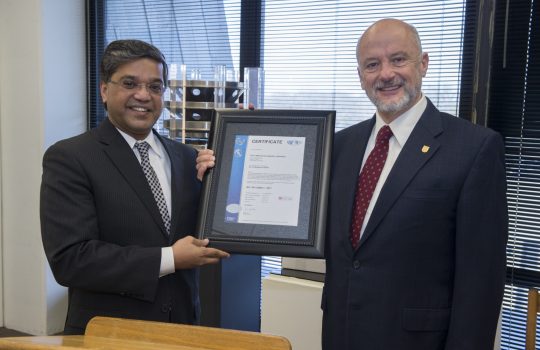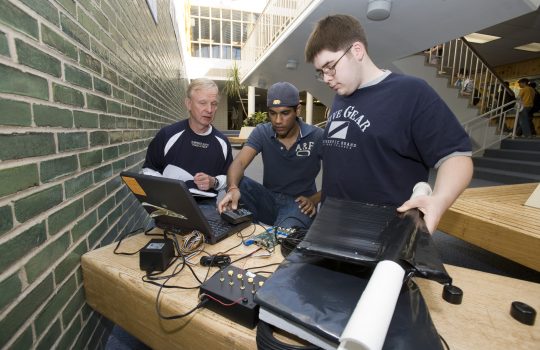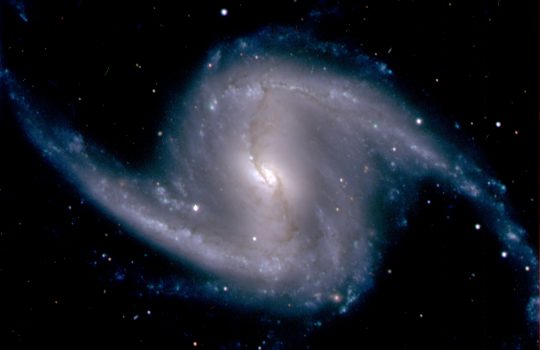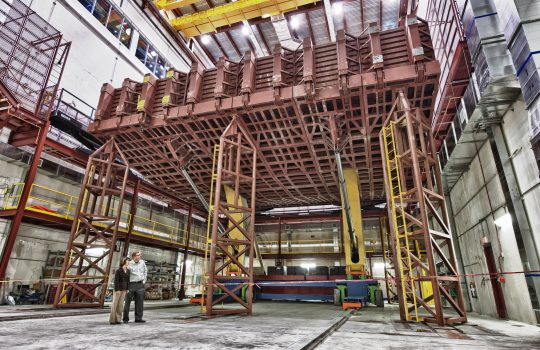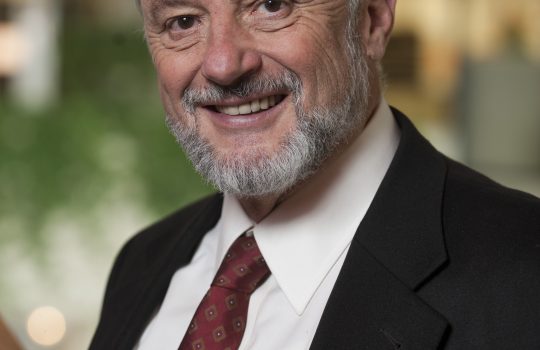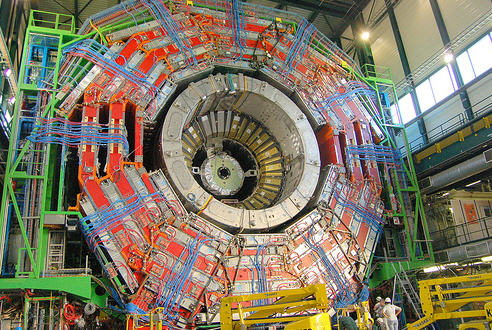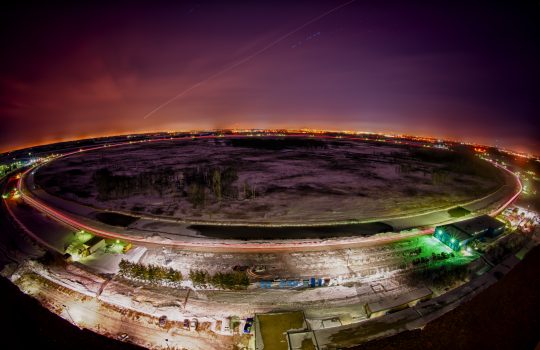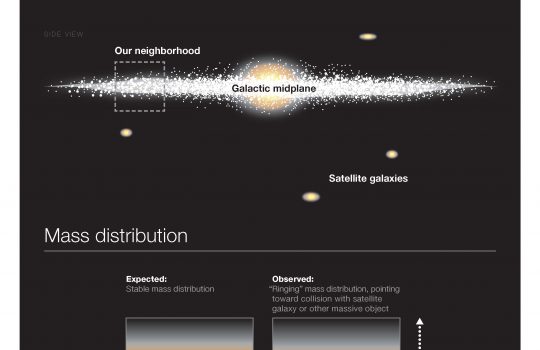Fermilab becomes first DOE laboratory to earn ISO 20K certification
The U.S. Department of Energy’s Fermi National Accelerator Laboratory has earned ISO 20000 certification for excellence in information technology service management. Fermilab is the first of the Department of Energy’s 17 national laboratories to earn this certification.

